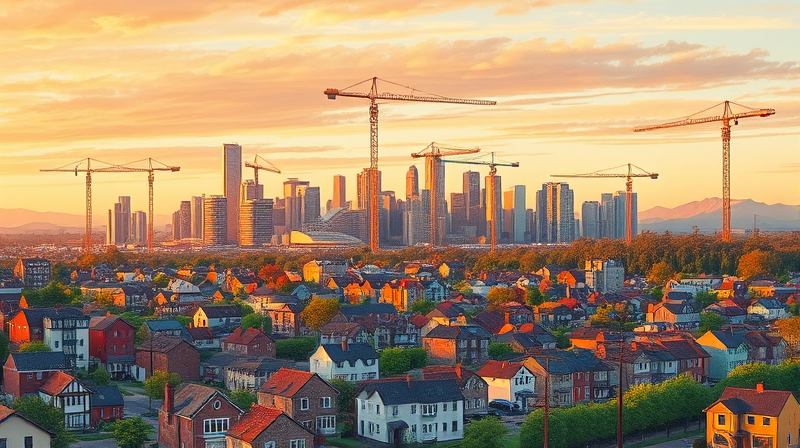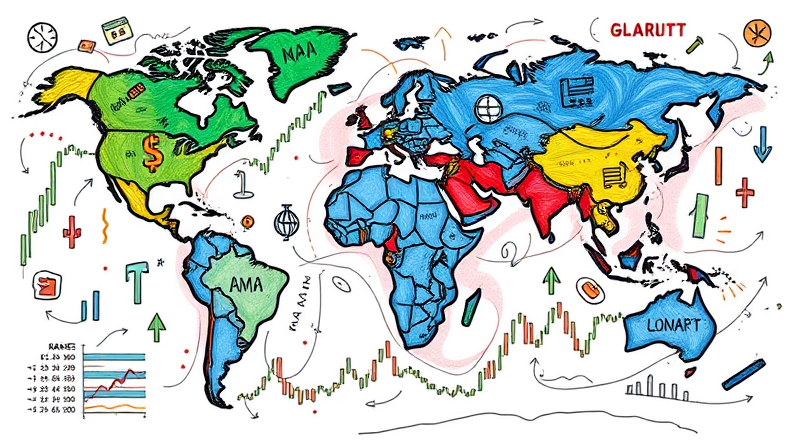
The global housing market in 2025 stands at a crossroads. Prices are rising, inventories are shifting, and buyers and investors alike ask: is this momentum sustainable, or are we teetering on the edge of a burst bubble?
A housing bubble occurs when prices climb far beyond what fundamentals like income, employment, and rent levels can justify. Driven by speculation, easy credit, and investor exuberance, bubbles are inherently unstable and prone to reverse sharply.
Historically, bubbles sustain for years before cooling. Triggers—such as low interest rates and lax lending—fuel growth, but when rates rise or credit tightens, prices can fall precipitously. This pattern was painfully evident in the 2008 crash, but today’s market has different underpinnings.
Historical context of bubble cycles highlights that while the 2008 crisis saw widespread negative equity and foreclosures, current homeowners hold more equity, and lending standards, though easing, remain tighter than pre-2008.
At the national level, the U.S. market is largely in balance, with a 5.0 months’ supply of homes and a median days-on-market of 50—figures just below pre-pandemic norms. Annual home price growth of 2–4% aligns with long-term trends and appears near flat once adjusted for inflation.
However, up to 35% of listings have seen price cuts recently, indicating active price discovery. Rising inventory—now bolstered by 481,000 new homes for sale, the highest since 2007—could signal a shift toward balanced supply and demand dynamics rather than runaway escalation.
National stability masks significant regional spreads, now at record levels. Some urban centers in Spain, such as Madrid and Barcelona, show prices up to 30% above historical inflation-adjusted averages, while coastal tourist areas maintain steady growth with less volatility.
These disparities reflect local supply constraints, zoning regulations, and investor sentiment. Recognizing regional pockets of overvaluation and risk is crucial for prudent decision-making.
While the broader horizon looks stable, warning signals appear in specific areas and market segments. Price appreciation far outpacing wage growth creates affordability gaps that eventually curb demand.
In such an environment, pockets of correction are not just possible but likely where supply has surged ahead of organic demand.
Whether you’re a first-time buyer, a homeowner considering a move, or an investor, a clear strategy can mitigate risks and position you for success.
By maintaining discipline and focusing on fundamentals, you can focus on long-term financial goals while navigating a complex market.
For investors, consider a diversified approach—real estate investment trusts, rental properties in stable markets, or balanced portfolios that diversify and mitigate potential losses.
Most forecasts anticipate subdued 2–4% price growth in 2025, reflecting continuing balance between supply and demand. Nationwide crash risk appears low, but regional corrections could materialize in overbuilt or speculative markets.
Economic headwinds—rising unemployment, aggressive rate hikes, or renewed credit tightening—could tip the scales toward stagnation or modest declines. Remaining vigilant about local trends and macro indicators will be key to staying ahead of potential shifts.
Above all, resist the lure of emotional pressure and speculation-driven buying. A well-considered plan, rooted in data and professional advice, will help you navigate uncertainty and seize opportunity.
Ultimately, whether the market is merely heating up or on the brink of a bubble burst depends on collective behavior and policy responses. By staying informed, disciplined, and focused on fundamentals, you can turn uncertainty into a chance for smart, sustainable investment and homeownership.
References













